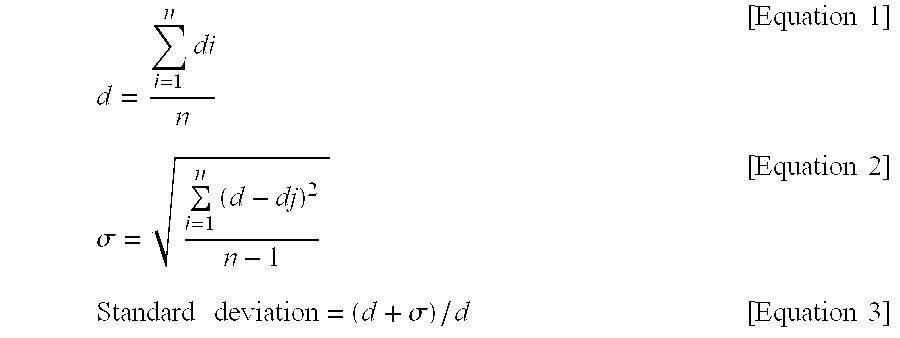Method for producing article having been subjected to low reflection treatment, solution for forming low reflection layer and article having been subjected to low reflection treatment
a technology of low reflection and low reflection, applied in the direction of optical elements, instruments, organic chemistry, etc., can solve the problems of inability to obtain strength comparable to glass base materials, low abrasion resistance of coating films, and inability to achieve abrasion resistance. , to achieve the effect of improving adhesion, good adhesion property and improving adhesion
- Summary
- Abstract
- Description
- Claims
- Application Information
AI Technical Summary
Benefits of technology
Problems solved by technology
Method used
Image
Examples
example 1
[0200] The above-described low reflection layer solution 1 was coated onto both surfaces of the PMMA resin base material (without surface treatment), and by placing in an electric oven set at 80° C. for 30 minutes, a resin plate coated with low reflection layers, each with an average film thickness of 110 nm, was obtained. The results of the above-described characteristics tests for the resin plate with low reflection layers that was obtained are shown in Table 2 and Table 3.
examples 2 to 10 , 28
Examples 2 to 10, 28, and 29
[0201] Except for using the low reflection layer solutions 2 to 10 and 12 to 14 as shown in Table 2 in place of the low reflection layer solution 1 used in Example 1, resin plates coated with low reflection layers were obtained in the same manner as in Example 1. The results of the above-described characteristics tests for the resin plates with low reflection layers that were obtained are shown in Table 2 and Table 3.
examples 11 and 15
[0202] The above-described heat curing type hard coat solution 1 was coated onto both surfaces of the PMMA resin base material (without surface treatment), and by placing in an electric oven set at 80° C. for 30 minutes, hard coat layers (first layers) were formed. Low reflection layer solution 5 was then coated on top of these hard coat layers, and by placing in an electric oven set at 80° C. for 30 minutes, a resin plate coated with low reflection layers (second layers), each with an average film thickness of 110 nm, was obtained (Example 11). A surface of this resin plate was subject to the water repellency treatment (Example 15). The results of the above-described characteristics tests for the resin plates with low reflection layers that were obtained are shown in Table 2 and Table 3.
PUM
| Property | Measurement | Unit |
|---|---|---|
| particle diameter | aaaaa | aaaaa |
| particle diameter | aaaaa | aaaaa |
| refractive index | aaaaa | aaaaa |
Abstract
Description
Claims
Application Information
 Login to View More
Login to View More - R&D
- Intellectual Property
- Life Sciences
- Materials
- Tech Scout
- Unparalleled Data Quality
- Higher Quality Content
- 60% Fewer Hallucinations
Browse by: Latest US Patents, China's latest patents, Technical Efficacy Thesaurus, Application Domain, Technology Topic, Popular Technical Reports.
© 2025 PatSnap. All rights reserved.Legal|Privacy policy|Modern Slavery Act Transparency Statement|Sitemap|About US| Contact US: help@patsnap.com

